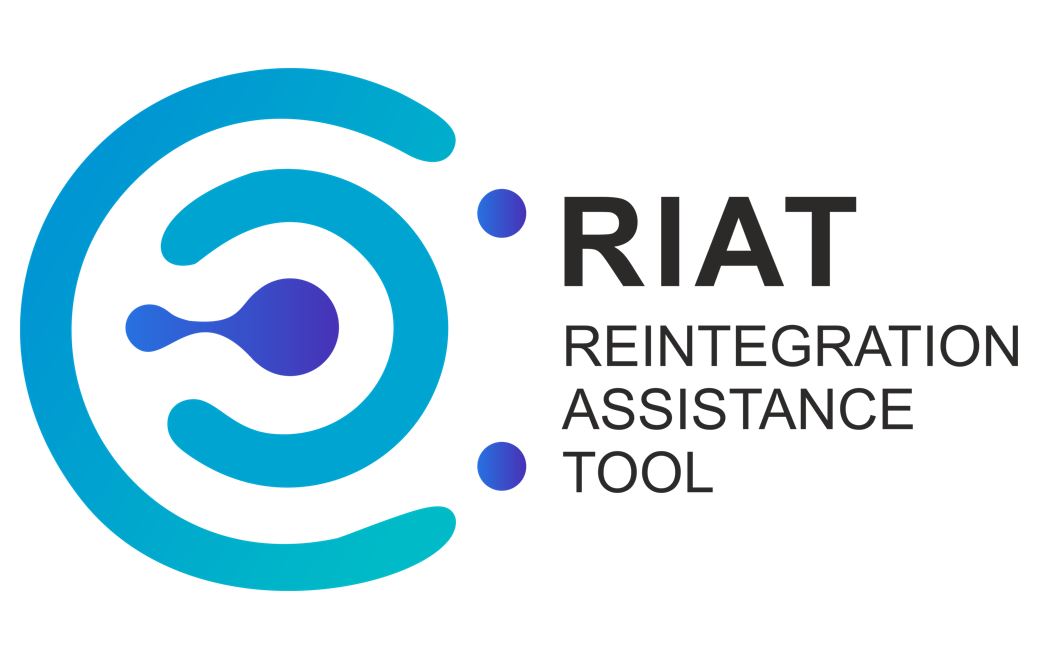About RIAT
The Reintegration Assistance Tool (RIAT) is a digital platform designed to streamline the management and delivery of reintegration assistance to returnees. It acts as a central hub for the exchange of information and coordination among a diverse range of stakeholders, including EU Member States (MS), other host countries, EU institutions like Frontex, and reintegration service providers worldwide. Specifically, Frontex leverages RIAT for administering the Joint Reintegration Service (JRS) program, allowing member states to access and participate in this initiative.
Additionally, RIAT standardises the processing of individual reintegration cases, enhancing operational cooperation between member states. The system is increasingly being used by Member States to manage either entire or segments of their national reintegration programs. Furthermore, the Return and Reintegration Facility (RRF) utilises RIAT to facilitate access to projects for return counsellors, underlining the system’s broad application.
We are pleased to inform that RIAT 2.0 has been launched offering a faster, more agile, and user-friendly platform, marking an important milestone for the RRF and all actors involved in this process.
The RRF Role in RIAT’s Implementation
The RIAT tool is undergoing continuous enhancement by the Return and Reintegration Facility (RRF) in collaboration with the European Commission. The Commission, as the system owner, assumes complete responsibility for the technical development and maintenance of RIAT.
Concurrently, the RRF plays a crucial role in supporting member states with the implementation of RIAT. This support includes providing tailored trainings, adapted to the specific needs and working languages of the target groups, and operating a dedicated helpdesk to assist users. This collaborative approach ensures that RIAT remains a robust and effective tool for reintegration and return processes.
Target Groups
Essentially, RIAT is crafted to organise and ease the tasks of actors involved in pre-departure return processes and post-arrival reintegration activities. Additionally, it offers structured data reporting capabilities for use by managers and policymakers.
Next Steps
- Additionally, in the second quarter of 2024, there will be a major enhancement of the helpdesk, evolving it into a more professionalized service. The focus throughout 2024 will be on stabilising RIAT’s implementation in various member states, moving from isolated pilot initiatives to a more comprehensive and structured deployment.
- At present, almost every EU+ member state is engaged with RIAT, applying it to a spectrum of scenarios, from handling specific individual cases to managing the majority of their national caseloads.